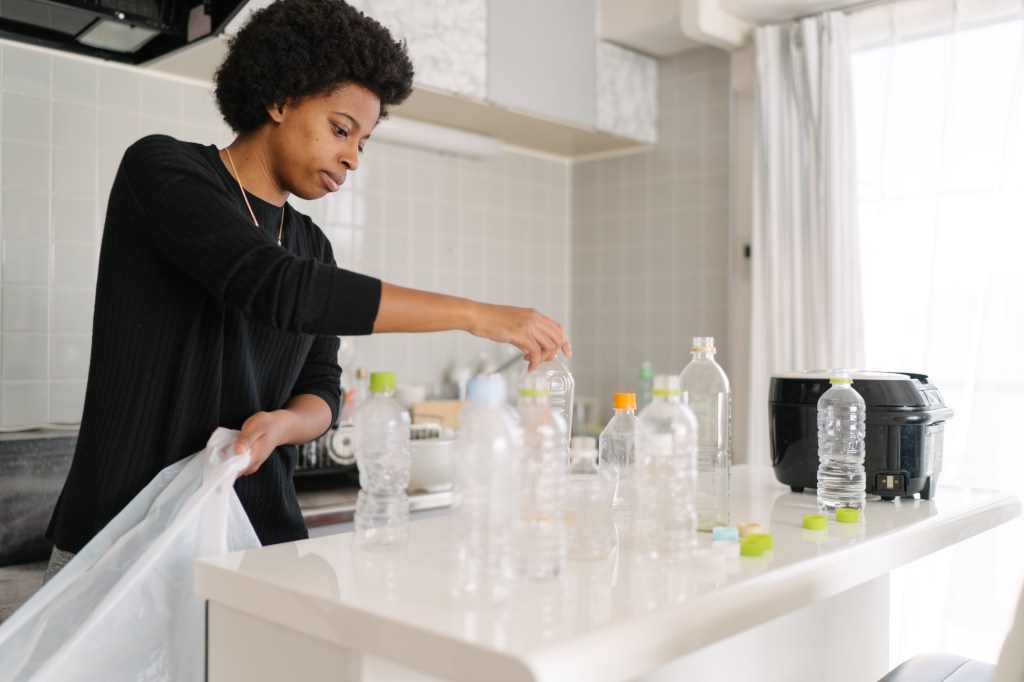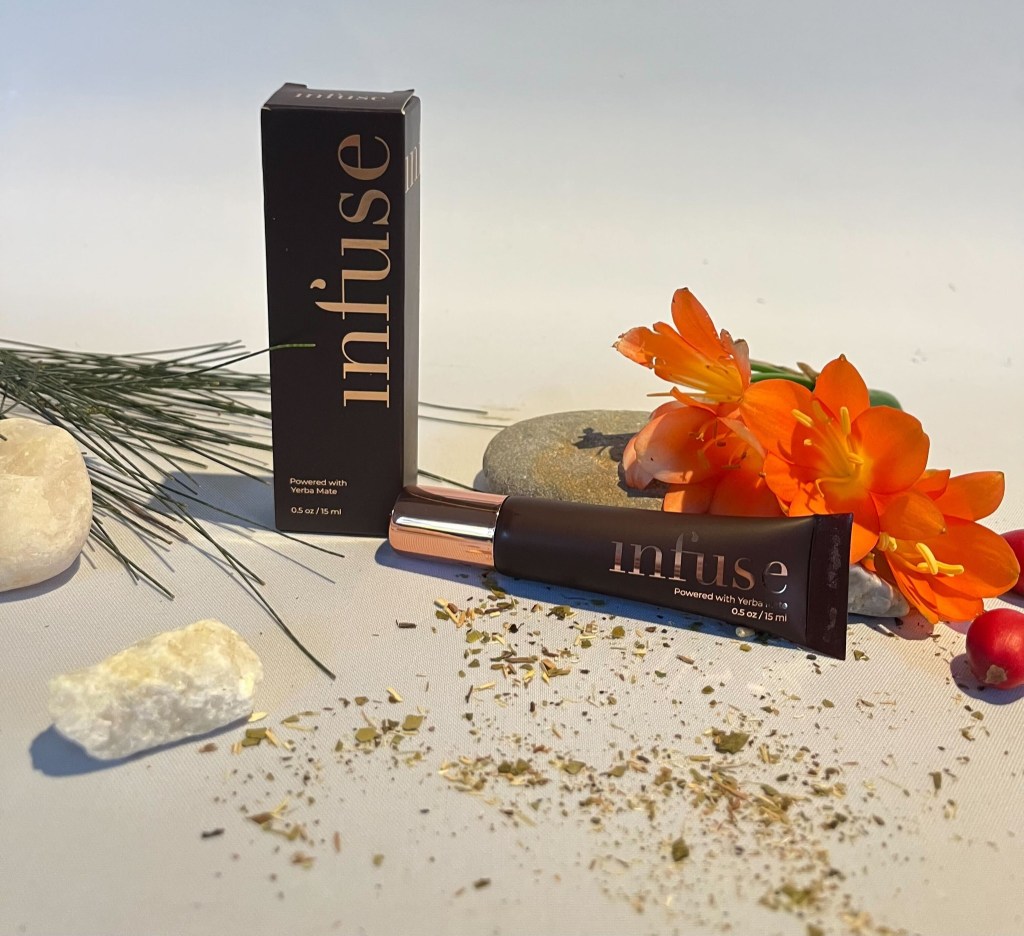What Is Sustainable Beauty?
Sustainable beauty, sometimes referred to as green beauty, is a holistic approach to personal care. It takes into account the environmental impact of the beauty industry and the health and well-being of both the individual and the planet. It involves using beauty products that are made with sustainable, natural, and eco-friendly ingredients, as well as using eco-friendly packaging and reducing waste.
Sustainable beauty is about making conscious and informed choices when it comes to the products consumers use and how they use them. This means choosing products that are made with natural and organic ingredients, free of harmful chemicals, and produced in an environmentally responsible way. It also means choosing products that come in sustainable packaging, such as recyclable or biodegradable materials.
Sustainable beauty emphasizes the importance of reducing waste and using products in a responsible manner. This can include using products sparingly, recycling packaging, and properly disposing of beauty products when they are no longer needed.
Overall, sustainable beauty is about making choices that promote both personal well-being and environmental responsibility. It’s about finding a balance between taking care of ourselves and taking care of the planet, and recognizing that the two are interconnected.

Revamp your retail strategy with free data today!
Sign up for a free Byzzer™ account to get 3 free reports and unlock the power of data-driven decision making and gain valuable insights into your customers, inventory, and sales performance. No Strings Attached.
The State of Sustainability for Emerging Beauty
In January, Sherry Frey, VP of Wellness at NIQ hosted our annual Look Ahead Webinar covering the top wellness trends to watch in 2023. Of particular note was how consumers are approaching healthy living in the Beauty & Personal Care category. Unsurprisingly, sustainability was one of the key trends identified as having a major role in 2023 and beyond.
Though consumers are seeking sustainability, many find it difficult to maintain a sustainable lifestyle. They believe the responsibility to create a more sustainable economy lies with governments, retailers, and manufacturers. To meet these shifting needs, beauty brands need to be transparent. This means being clear on packaging how you source your products and avoiding making claims that aren’t accurate. For example, responsible sourcing is one of the most important sustainability claims to 45% of consumers. A further 24% of consumers want brands to increase their use of ingredients produced in a more sustainable way.1 Sustainable beauty trends in 2023 and beyond will shape many beauty brands and their ability to connect with consumers on a deeper level.
Top 5 Sustainable Beauty Trends for Emerging Brands in 2023
With sustainability continuing to take center stage for many consumers, keeping up can be challenging. To make it a bit easier for emerging beauty brands, we’ve compiled some of the biggest trends that might impact your brand going forward.
With that in mind, here are 5 trends emerging beauty brands should keep an eye on in 2023:
1. Sustainable Beauty Packaging
One of the biggest clean beauty trends impacting emerging beauty brands is the consumer demand for sustainable beauty packaging. That is, packaging designed to have a minimal impact on the environment, from its materials and production to its end-of-life disposal. Here are some common features of sustainable beauty packaging:
- Use of eco-friendly materials – Sustainable beauty packaging is typically made from materials that are either biodegradable or recyclable. This includes materials like glass, paper, cardboard, metal, and certain types of plastic, like bio-based or plant-based plastics.
- Minimalist design – Many sustainable beauty brands opt for minimalist packaging design to reduce the amount of materials used. This means using simpler packaging and avoiding excess layers or components, such as unnecessary inserts or labels.
- Refillable or reusable options – Some sustainable beauty brands offer refillable or reusable packaging options for products like moisturizers, serums, and makeup. This reduces the amount of packaging needed, as well as the environmental impact of transportation and manufacturing.
- Innovative packaging solutions – Some brands are exploring innovative and unconventional materials for their packaging. This includes bamboo, mushroom-based packaging, or plantable packaging that can be planted to grow herbs or flowers.
- Biodegradable or compostable options – Some sustainable beauty packaging is designed to be biodegradable or compostable. Meaning, it can break down naturally and not contribute to landfill waste. These materials typically break down faster than traditional plastic packaging.
Overall, sustainable beauty packaging is designed to minimize waste and promote environmental responsibility while still providing safe and effective protection for beauty products. It’s an important part of the sustainable beauty movement, which seeks to promote eco-friendly practices across the entire beauty industry.
2. “Free-from” claims
Becoming more popular on-shelf and online are “free-from” claims. These are statements made on food packaging or advertising that highlight the absence of certain ingredients or substances in a product. These claims are intended to communicate to consumers that a particular product does not contain certain allergens, additives, or other substances that some people may be concerned about.
For example, a product labeled as “allergen-free ” is claiming to not contain any allergens. This is important for people with life-threatening or disruptive allergic conditions. Similarly, a product labeled as “paraben-free” is claiming to not contain any chemicals in the paraben family, which were common in beauty products for years.
It’s important to note that “free-from” claims are regulated by government agencies such as the FDA in the United States and the EFSA in the European Union, and companies must have evidence to support their claims. It’s important to use stated and qualified product attributes that make it clear to consumers that a product is appropriate for their individual needs.
3. Retailer Participation
Another trend that is pushing more brands to adopt a sustainable model comes from the retailers themselves. We noted this shift a few years ago when addressing the future of clean beauty. Major retailers like Sephora, Ulta, Amazon, and Target have been actively working to help consumers identify and purchase sustainable products more easily. By segmenting product offerings and making it easier for consumers to find what they’re looking for, retailers are opening the door for more sustainable beauty brands.
However, this also means that beauty brands that don’t meet consumers’ changing needs are fighting for a smaller shelf. Even for retailers, the beauty innovations of the future will move beyond clean ingredients to truly start tackling the problems of sustainability and waste. Failing to shift to meet these growing sustainable trends means you’ll be losing out on shelf space, distribution, and more.
4. Widespread Sustainability Adoption
One of the biggest reasons emerging beauty brands may want to adopt a more sustainable model is because the competition is. Whether they be clean skincare brands, sustainable makeup, or some other manufacturer of sustainable beauty products. CPG sustainability is starting to seep into every segment of the market, and you may be left behind if you don’t participate. The risks of not meeting these expectations range from an erosion of brand equity, to a weakened relationship with the customer, to a complete switch to another brand or provider.
Brands are adopting these changes because shoppers’ sense of urgency around the changing climate is rising. In a recent NIQ survey, 69% of consumers said sustainability has become more important to them over the last two years. Yet, 1 in 4 consumers believe companies are not making it easy for them to act in this way.1 By aligning their brands and products to these needs, they’re beating brands that are slower to course correct. They’re also setting their brands up for sustainable growth over the next decade as sustainability continues to grow and become a major driver of change across the industry.
5. Government Intervention
The final trend that you’ll want to consider going forward is the role of government in sustainable practices. Legislation and governance will be the biggest driver of sustainability action across 2023 as companies start to navigate an increasingly demanding legislative schedule of sustainability reform and requirements. To meet shifting consumer demand, CPG manufacturers and retailers will continue to try to understand and act on consumers’ environmental, social, and governance (ESG) needs.
However, as brands continue to make ESG claims, government oversight will become more intensive. Brands that can’t verify the truthfulness of their claims may be accused of greenwashing and levied hefty fines and suffer a diminished consumer perception. Additionally, if companies have not already implemented more eco-friendly changes in their packaging and supply chain, they are likely to be forced through legislation. “Recyclable” packaging has now become the baseline and there are many new opportunities for brands in terms of sustainable packaging claims.

Keep Your Growth Sustainable with Data and Insights
Understanding how sustainable beauty trends are shaping the industry and consumer behaviors can help you better plan for the future. Investing in the best data and industry insights can make all the difference.
NielsenIQ tracks 1,000+ attributes across total store and 250+ NielsenIQ-only attributes. This means you can get granular with Product and Label Insights and act on them effectively with our expert insights and support.
For emerging beauty brands, our Byzzer™ platform can help by providing comprehensive reports and guidance. We’ll help you understand shoppers’ needs and behaviors better at a price fit for your budget. You can even start out with a free account to get a taste.
- Source: NielsenIQ Report – The changing story of sustainability



